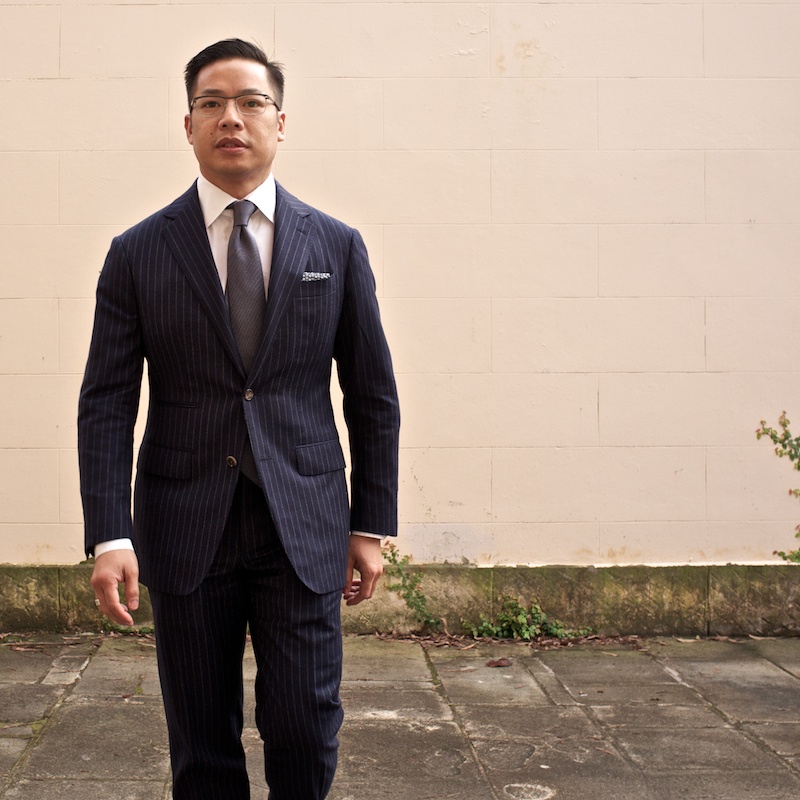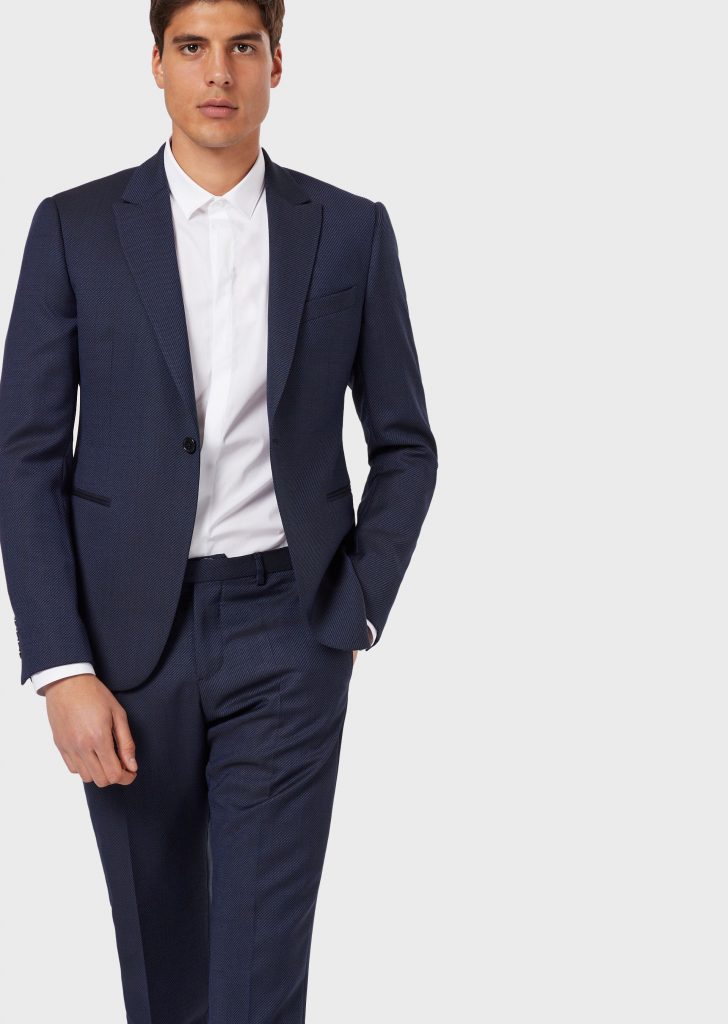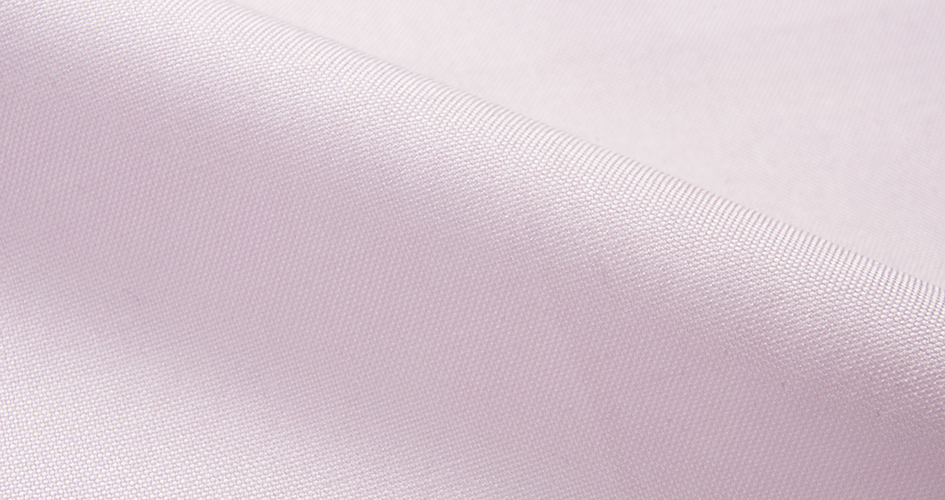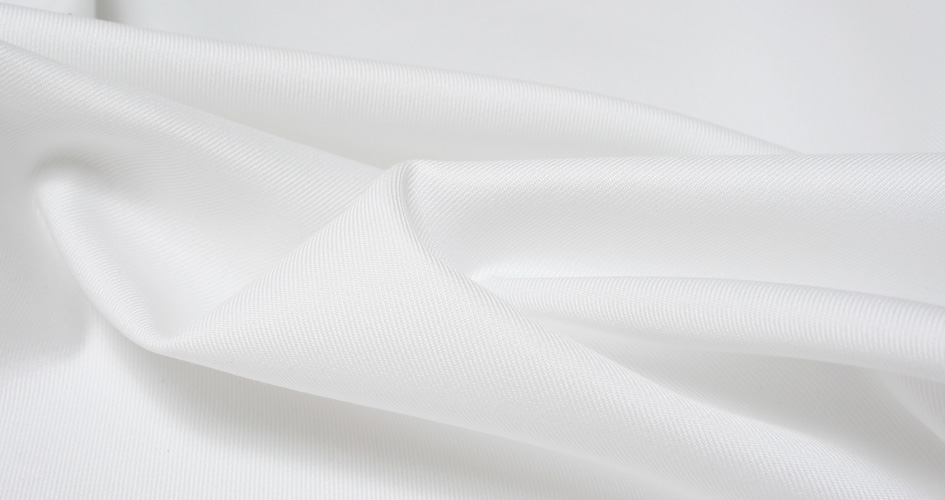
Joel writes to ask: I finally got around to buying a suit. I currently have two white dress shirts (a thick oxford and a cotton-linen blend with a somewhat small collar). I’m trying to decide if I need another, more standard white dress shirt to use for formal events. What makes a good all-around white shirt to use with a suit? Are there differences in cloth, texture, and sheen? Do you need different types of white dress shirts for different occasions?
A proper white dress shirt is one of the few things that ought to be in everyone’s closet. If only because, at some point, everyone needs to wear a serious suit for serious occasions. Which means they also need all of the accouterments — a pair of dress shoes, a dark tie, and of course a white shirt.
Tailored clothing is mostly about learning a kind of visual language. Generally speaking, in classic men’s style, formality starts with black tie (if you want to be technical, white tie is more formal, but in today’s age, it’s all but disappeared). This history is why single-breasted coats are more formal than double-breasted, peak lapels are more formal than notch lapels, jetted pockets are more formal than patched pockets, and so on. It’s because these things are the traditional configuration of a dinner jacket.
It’s the same with dress shirts. You wouldn’t wear a tuxedo shirt with a business suit, of course, but you need a certain kind of white shirt. In the United States, it’s not uncommon to see someone wearing a white button-down oxford with a dark worsted suit. We think that has a certain kind of American charm, but for the most part, white dress shirts should take a particular configuration. Here are some things to look for.

This collar is bad. Don’t get this.
What to Look for in a White Dress Shirt
Style Details: While you wouldn’t be wrong to wear an oxford button-down with a suit, serious occasions often call for serious suits, which means serious-looking shirts. For a proper dress shirt, get a collar where the points are long enough to tuck underneath your lapels (like you see on our friend Graeme, pictured at the very top of this post). In the last ten or fifteen years, collars have shrunk to keep proportions with cropped, slim-fit suits (you can see this on the Armani model directly above). Outside of fashion photoshoots, most of these collars look terrible. They’re often too small for a tie; the points lift awkwardly from the chest. Get a larger collar instead, so you have a smooth, continuous line going from the center of your collar band to your lapels.
A proper dress shirt will also be plainer in every other regard. Get a shirt with a French placket, rather than a regular front placket (a French placket means the front of the shirt, where the buttons fasten, isn’t reinforced with a separate piece of material). Go for something without a chest pocket, which can otherwise ruin the clean lines in a suit ensemble. The other details, such as mitered or rounded cuffs, are personal preference. Generally, you want this to look as visually smoother and unobtrusive as possible.
Summary: Get collar large enough to hold a tie and where the points can neatly tuck underneath your jacket’s lapels. Also, get a shirt with a French placket and no chest pocket for a cleaner look.
Cloth: Much like how dark worsted wools are more formal than tweed, certain shirt fabrics are dressier than others. In order of declining formality, it generally goes: poplin/ broadcloth > end-on-end > twill > oxford > chambray > linen/ linen blends. The smoother and finer the fabric, the more formal it looks.
Poplin and broadcloth are two types of plain weaves, which means the lengthwise warp yarns transverse the weft yarns in a basic tic-tac-toe pattern. These are what you’ll likely pick up at your local department store. They’re thin, flat-looking, and smooth to the touch. However, due to their weave, they can also be kind of sheer. And ironically, the more money you pay for a dress shirt, the finer the yarns tend to get, which makes them sheerer still.



Fabrics from Proper Cloth. The blue is broadcloth; pink is pinpoint; white is twill.
For this reason, I find guys are often better off with either pinpoint or twill. Pinpoint is like a finer version of oxford without the sheen of Royal oxford. It’s matte and more opaque than poplin/ broadcloth but won’t have the same silky, smooth feel. Twills, on the other hand, have light diagonal ribs, much like you see on your jeans (but much finer). It tends to be even stouter and more opaque than poplin, broadcloth, or pinpoint. It’s also more naturally wrinkle-resistant, but with that tighter weave often comes a subtle sheen. For some guys, this makes a shirt look a bit more premium, whereas pinpoint can feel basic. For others, pinpoint is favored because it’s more discrete.
Summary: If you want something soft, silky, and flat looking, try poplin or broadcloth. If you want something less transparent, however, go with pinpoint or twill. Twills are the most opaque but often have a subtle sheen. Proper Cloth has a good primer on shirt fabrics.
Fit: Finding a well-fitting shirt can be surprisingly tricky. The first thing to remember is that ready-to-wear manufacturers often build shirts to account for shrinkage. So when you’re trying on a shirt, you may find the collar is a little big and sleeves are a touch long (this will vary from manufacturer to manufacturer). Your best bet is to go to a reputable store. Hopefully, they’ll have sales representatives who can fit you in the right shirt model.
After you’ve worn and washed the shirt for a while, a shirt should fit in a certain way. The shoulder seams should sit on your shoulder bone. The sleeves should be long enough, so the cuffs stay on your wrist even when you move your arms (rather than ride up). If the sleeves are too long, try moving the cuff button so the cuffs are tighter. You also should be able to fit a finger between your neck and collar comfortably, but no more, when the shirt is fully buttoned. Most importantly, a shirt should fall cleanly — even when you’re sitting down — so there’s no pulling or gaping.
Summary: Aim for a clean, comfortable fit that allows for movement. Sit down in your shirt to make sure it feels comfortable. We have guides on how a dress shirt should fit.

This collar is good. Get this.
Where to Buy a White Dress Shirt
The most important part of a dress shirt is how it fits. Different people will find their ideal shirt from different manufacturers. But if you’re starting to scour around, here are some recommendable options.
Budget Pick: Land’s End is one of our favorite retailers for affordable clothing. Their shirts are a bit more classically styled than what you’ll find at J. Crew, which means they’ll go better with classically proportioned suits. In the UK, Charles Tyrwhitt is commonly recommended. Our friend Aliotsy at This Fits also says he likes Bonobos’ Daily Grind.
If you find the body is too full on any of these models, take the shirt to the tailor. Remember: the most critical dimensions of a shirt’s fit is above the waist. If the collar, chest, and shoulder seams fit well, most other things can be easily altered.
Higher-End Ready-to-Wear: If you have a little more money to spend, try Brooks Brothers or G. Inglese. There’s a Brooks Brothers store in almost every major city nowadays, which makes it easy to go in and try things on. They also have a variety of cuts to suit different body types. And while G. Inglese doesn’t have the same number of options, I was very impressed with the shirt I handled from them a few years ago. The fit is surprisingly good for ready-to-wear, the shirt comes with a high-level of handwork, and the collars have a certain kind of style that I’ve only seen from Italian shirtmakers.
Online Custom: If you like how Brooks Brothers’ shirts fit, Michael Spencer offers all of the same cuts in made-to-order form. Michael Spencer’s shirts are made in the USA, available in a wide range of fabrics, and allow you to select different style details. Their prices are often lower, too. (Incidentally, they also make a great button-down, which allows you to get an unlined collar, regular front placket, and single chest pocket — the ideal OBCD configuration, in my book).
For a custom fit, I like Proper Cloth. They’re a sponsor on this site, but after having tried seven or eight online MTM companies at this point, my best fit is from them (I’ve always paid full price for my orders). To get a custom shirt, you can either submit some basic measurements of your body or best fitting shirt (I did the latter). They allow for a free remake on first orders, which enables you to home-in on the fit. I like the cut and proportions of their collars, their wide range of fabrics, and their relatively affordable prices. The company also has a clever white shirt guide, which can help you find your ideal material. Mitchell at Menswear Musings has a good review of Proper Cloth, as well as an interview with the company’s founder. Ian at From Squalor to Baller, pictured above, often wears their dress shirts on his site.
In-Person Custom: A lot of this will depend on where you live. Outside of New York City — where you can find reliable shops such as Geneva and CEGO — most readers in the United States will have to rely on traveling tailors. I use Ascot Chang from Hong Kong for bespoke dress shirts. They hold trunk shows throughout the US twice a year and their rep, Nelson Chin, is excellent at fitting customers. Other good traveling shirtmakers include Dege & Skinner, Budd, and Napoli Su Misura. Check Permanent Style’s trunk show calendar to see if there’s something near you.
Have a question related to clothing or style? Email us at contact@putthison.com. Your question may be used for one of our Q & Answer posts.







